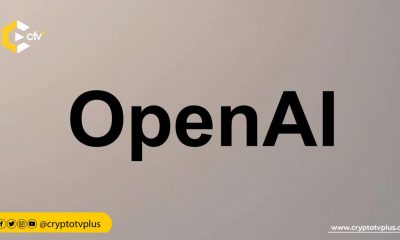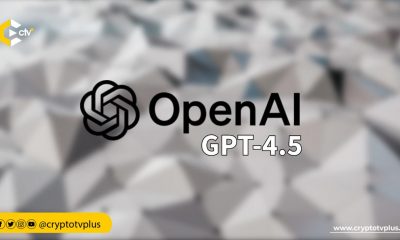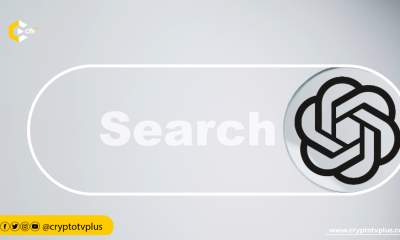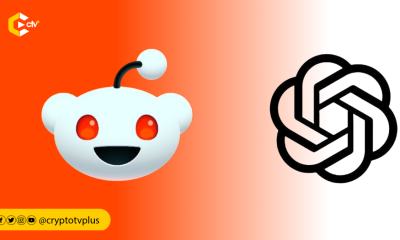News
OpenAI silently shuts down its AI Detection Tool
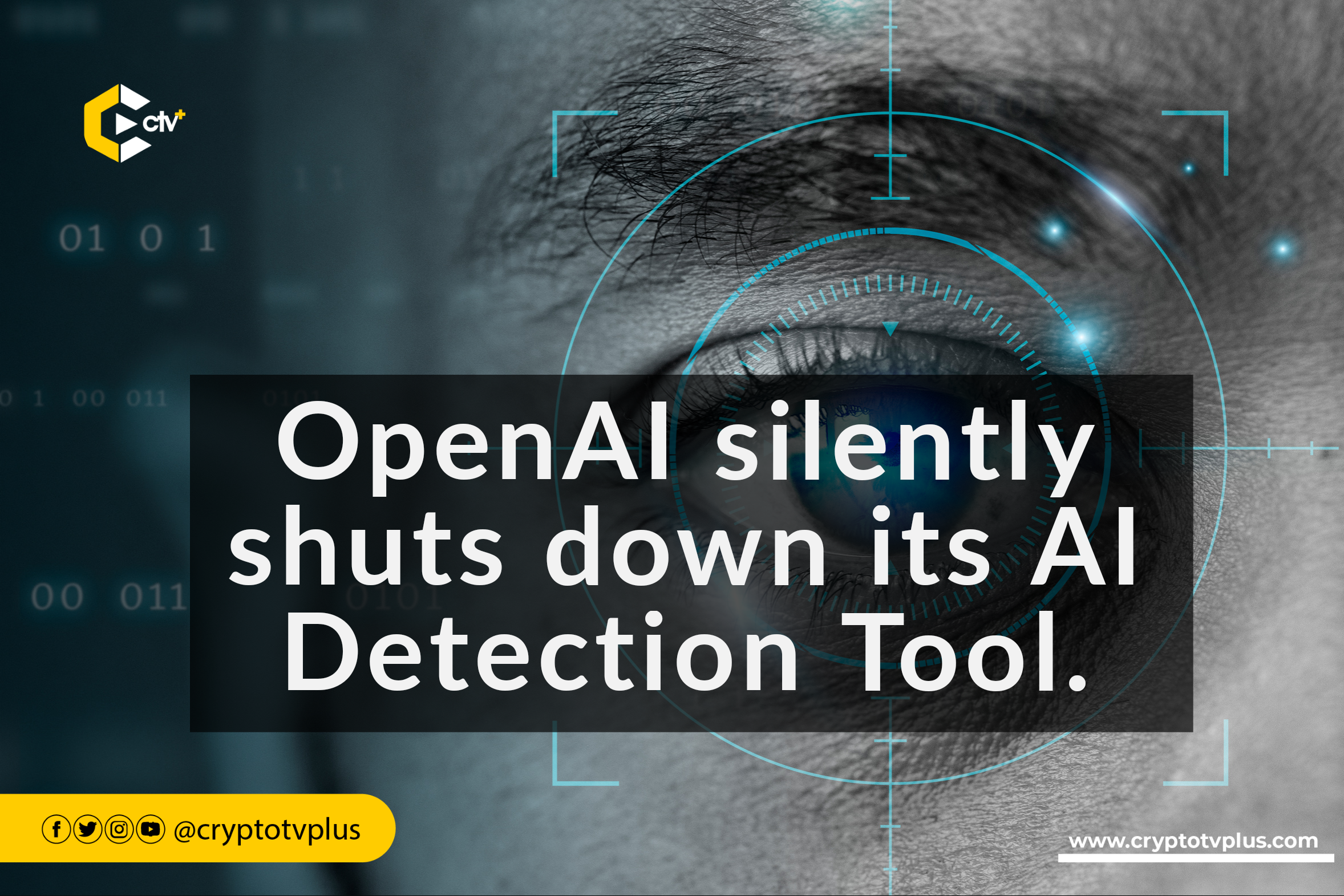
In a turn of events, OpenAI made the decision to deactivate its much-anticipated AI Detection Tool, leaving educators and users disappointed.
The tool, known as the AI Classifier, was introduced in January with the promise of detecting content created using generative AI, such as OpenAI’s ChatGPT, to aid educators and protect academic integrity.
OpenAI is a research organization and AI technology company that aims to ensure artificial general intelligence (AGI) benefits all of humanity. It was founded in December 2015 with the mission of developing and promoting friendly AI that is safe and beneficial for society.
OpenAI conducts cutting-edge research in various fields of artificial intelligence and machine learning, and it is responsible for creating advanced language models like GPT-3, which I am based on.
These models can generate human-like text, answer questions, perform translations, and assist with a wide range of natural language processing tasks.
Throughout its journey, OpenAI has been committed to addressing the challenges of AI safety, ensuring that AGI is developed and deployed responsibly to benefit society as a whole.
By sharing its research findings and collaborating with other organizations, OpenAI seeks to drive innovation and understanding in the field of artificial intelligence.
After six months of operating the AI Classifier, the project was quietly shut down due to its disappointing performance. OpenAI revealed that the tool suffered from significant accuracy issues, rendering it unreliable in identifying AI-generated content.
The announcement of the closure was not made through a new press release but rather as an update to the original blog post that introduced the tool. Moreover, the link to the AI Classifier is no longer accessible.
In a statement, OpenAI acknowledged the limitations of the AI Classifier, admitting that it struggled with shorter texts containing fewer than 1,000 characters.
Furthermore, it often misclassified human-written content as AI-generated, and classifiers based on neural networks performed poorly when dealing with data outside their training set.
The education sector, in particular, was eagerly interested in an accurate AI detection tool, especially since the launch of ChatGPT in November. Educators had expressed concerns about students potentially using the AI chatbot to produce essays and academic papers.
OpenAI, while disappointed with the AI Classifier’s performance, remains committed to enhancing its tools and incorporating feedback. They are currently researching more effective techniques for text provenance and are determined to develop mechanisms that allow users to discern whether audio or visual content is AI-generated.
The field of AI detection is witnessing rapid growth, with new tools continuously emerging to tackle the challenges posed by increasingly sophisticated AI-generated content.
Read also; Ethereum Layer 2 Meetup Comes to Nairobi and Lagos



